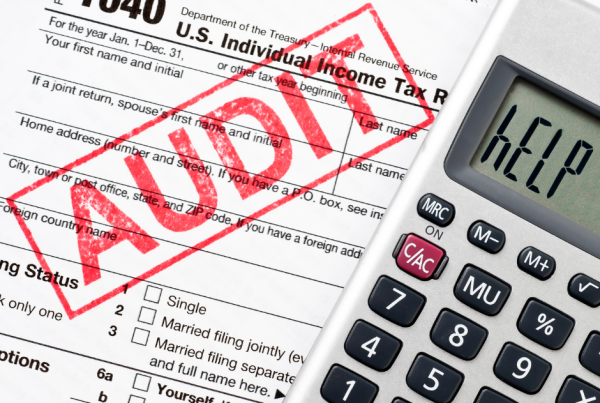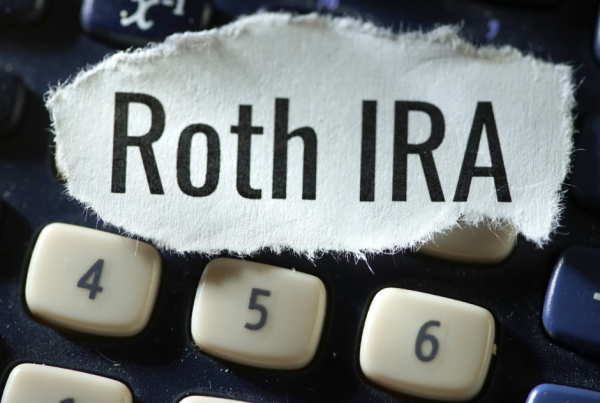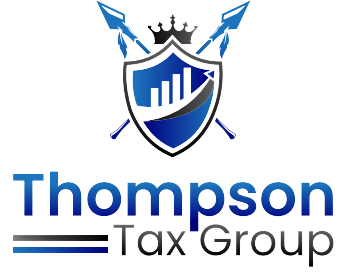
The Secure 2.0 Act is a new law that basically changed a lot about the retirement system in the United States. But what is it exactly and how does it affect you?
The Secure 2.0 Act was signed into law towards the end of 2022. These changes were built on the Secure Ace of 2019 which altered the rules on how you can save and withdraw money from your retirement accounts.
What Are The Changes In The Secure 2.0 Act?
The Secure 2.0 Act changed a lot about how the retirement system works in the US. Many of these changes take place in the tax year of 2023 but some will also start in 2024, 2025, and so on.
One big change was increasing the Required Minimum Distribution (RMD) age. It increased from 72 to 73. Previously, if you hit the age of 72, you have to start withdrawing from your retirement accounts. This means for your 401Ks, and your traditional accounts, you had to start withdrawing by the age of 72. Now, as long as you turn 72 after 2022, you can postpone this until you reach 73.
Another change is that the IRS lowered excise (penalty) taxes. The excise tax was implemented when you did not take the RMD that you are required to take by that age. Before, if you did not take a RMD, you got hit by a 50% flat tax on that amount. Now, they are reducing that to 25% and it can even go down to 10% if the issue was rectified in a timely manner. While we can’t really tell what the timely manner is, this is a break for people who accidentally forget what they need to take the RMD.
Another revision in the Secure 2.0 Act is that employers that offer retirement plans can now offer lower dollar gift cards to incentivize workers to contribute to that retirement plan.
Different Retirement Plans In The United States And How Do The Changes In The Secure 2.0 Act Affect These Plans?
There are different kinds of retirement plans usually utilized by small business owners. The Saving Incentive Match Plan for Employees (SIMPLE IRA) and the Simplified Employee Pension (SEP). Previously these types of accounts did not have or allow for Roth pay-ins. This means that money could grow tax-free over your life.
With the change in the Secure 2.0 Act, you can make Roth pay-ins with the SIMPLE IRA and SEP type of account. That’s a big change the IRS is bringing forward. They are increasing the maximum 401K contribution in 2023 to $22,500 and you could still do you catch up if you are over the age of 50.
In addition, they will be increasing the Roth IRA ceiling. Back then, if you wanted to contribute to a Roth or a traditional IRA, you had to have income within a certain bracket. They’re actually increasing that bracket now to $218,000 if you’re married filing jointly or $138,000 if you are single.
If you have income in between those two brackets or at that level, you could still contribute to a Roth IRA. However, once you go beyond that level, you start phasing it out to how much you can put into a Roth IRA account. They have also made changes for the traditional IRA. Basically, they increased the traditional IRA income limits to $116,000 before marriage filing jointly and $73,000 for single individuals.
Other Changes Beneficial To Taxpayers
Another good change that was implemented is that if you were a victim of a federally declared disaster area, or calamities such as fires, floods, earthquakes, hurricanes, and the like, you also get a break if you need to take money out of your 401k or IRA account.
You can withdraw up to $22,000 from an IRA account or a workplace retirement account, either a 401k or a 403b without paying the 10% fine or penalty for taking the funds out before you reach the age of 59 and a half if you’re affected by a federally declared disaster area.
General Changes In The Secure 2.0 Act In 2024
In the tax year of 2024, there will be more changes in the Secure 2.0 Act. You could make Roth 401k contributions and the owners no longer need to take an RMD. In the past, only Roth IRA Owners did not have to take the RMD, now they are allowing Roth 401k owners to have the option to take the RMD.
Firms can also start offering student debt relief through workplace retirement plans. This means they can help younger individuals that have student loan debts to match how much they pay in that dept to help reduce it over time. They can help them contribute to their retirement plan to help ease the burden of having so much student loan debt.





One Comment